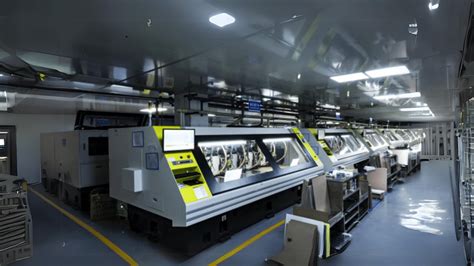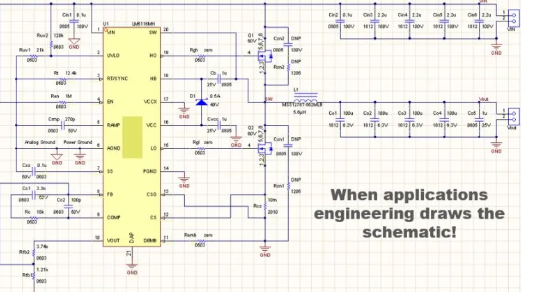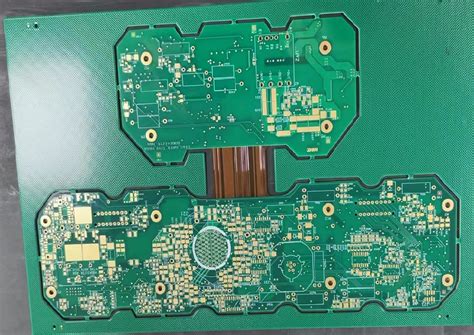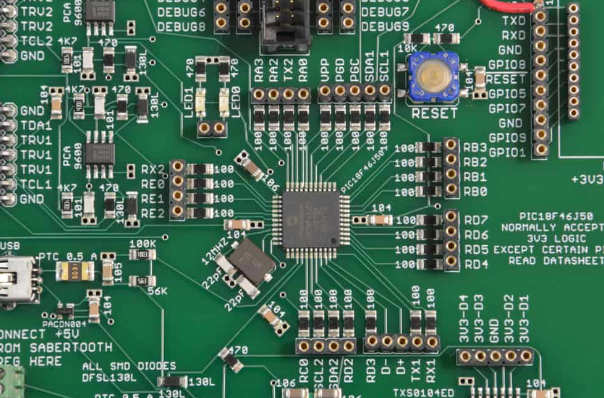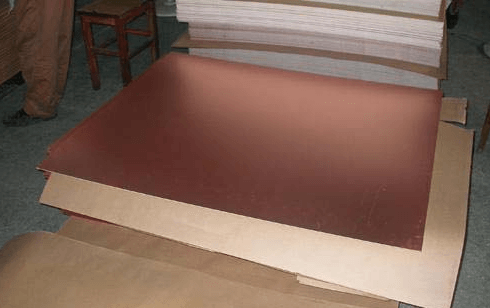Essential Guide to PCB Manufacturer and Design Collaboration

Key Takeaways
In the realm of PCB manufacturing, effective collaboration between designers and manufacturers is paramount. Understanding the role of PCB manufacturers during the design process ensures that both parties can align their goals for optimal results. A key consideration in this partnership is pcb assembly, where clear communication can significantly reduce errors and enhance productivity. Establishing best practices for communication is crucial; regular updates and feedback loops can bridge any gaps between manufacturers and designers.
Innovative strategies such as leveraging software tools for real-time collaboration can further enhance efficiency in the pcba process, allowing teams to visualize changes instantly and make informed decisions. For instance, utilizing collaborative platforms that integrate design and manufacturing data can lead to quicker turnarounds on prototypes, minimizing delays in the development cycle.
Table: Essential Communication Tips Between Designers and Manufacturers
| Strategy | Description |
|---|---|
| Regular Check-Ins | Schedule frequent meetings to discuss progress and address any concerns early on. |
| Use of Collaborative Tools | Implement software solutions that allow both parties to share updates, designs, and feedback continuously. |
| Clear Documentation | Maintain thorough records of design specifications, changes, and decisions made throughout the process to refer back to when needed. |
"Effective communication is not just about exchanging information; it’s about ensuring understanding."
By recognizing common challenges in PCB design and manufacturing partnerships such as miscommunication or differing priorities, teams can work proactively towards solutions that pave the way for success in future projects. Understanding these dynamics will ultimately lead to improved production timelines and higher quality PCBs, reflecting a more integrated approach in today’s fast-paced technological landscape.
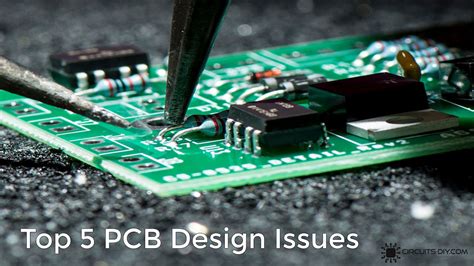
Understanding the Role of PCB Manufacturers in the Design Process
The collaboration between PCB manufacturers and designers is pivotal in the development of high-quality printed circuit boards (PCBs), often referred to in the industry with terms like pcb assembly or pcba. Manufacturers bring technical expertise and resources to the partnership, ensuring that the designs conceived by engineers can be translated into tangible products efficiently. During the design process, manufacturers play a critical role in assessing design feasibility, offering insights on materials, manufacturing techniques, and cost-effective production methods. This early involvement not only enhances the design’s integrity but also mitigates potential issues that could arise during mass production. By understanding each component’s manufacturability, engineers can create designs that minimize complexity while maximizing functionality, thus paving the way for efficient pcb assembly. A robust partnership allows for open channels of communication where feedback from manufacturers can lead to iterative improvements on designs, ultimately resulting in superior quality products that meet both performance standards and market demands.
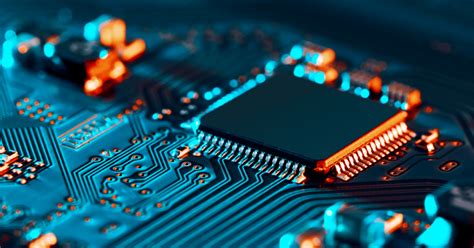
Key Considerations for Effective PCB Design Collaboration
Collaboration between PCB manufacturers and designers is essential to achieving successful outcomes in printed circuit board development. One of the primary considerations is understanding the intricate relationship between pcb assembly and design requirements. Designers must have a clear grasp of manufacturing capabilities and limitations, as this knowledge directly influences the design process. PCBA processes often involve multiple stages, including component selection, layout optimization, and compliance with design rules. Effective communication helps ensure that designers are aware of potential challenges during pcb assembly, such as issues related to component placement or thermal management. Additionally, engaging manufacturers early in the design phase allows for valuable insights that can streamline production and improve quality. By fostering an environment of open dialogue, both parties can address technical challenges proactively, reducing the likelihood of costly revisions. Furthermore, establishing clear timelines and goals helps ensure that both teams are aligned throughout the project lifecycle. As both sides prioritize their roles in creating a seamless transition from design to PCB manufacturing, they pave the way for innovative solutions and enhanced product performance. Adopting these key considerations not only mitigates risks but also enhances the overall efficiency and effectiveness of PCB design collaboration.
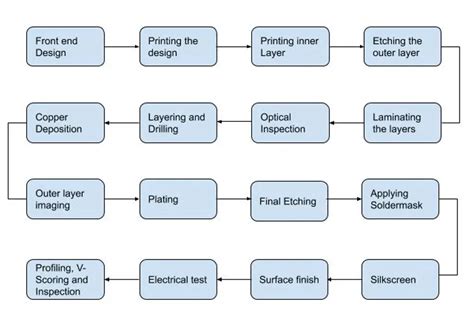
Best Practices for Communication Between Manufacturers and Designers
Effective communication between PCB manufacturers and designers is vital for a successful partnership. Establishing clear lines of communication ensures that both parties understand project requirements, timelines, and expectations from the outset. One of the best practices is to maintain open dialogue throughout the entire PCB design and assembly process. This means regularly scheduled meetings, updates, and reviews to discuss progress and address any potential issues collaboratively.
Another critical aspect of communication is documentation. By keeping thorough records of discussions, design specifications, and changes made during the PCB design phase, both manufacturers and designers reduce the risk of misunderstandings that could lead to costly revisions or delays. Utilizing collaborative tools and platforms that facilitate sharing design files, such as schematics or PCBA layouts, can greatly enhance this process.
In addition, employing a shared nomenclature for components can minimize confusion regarding part specifications and quantities during pcb assembly stages. It is also recommended to use visual aids like diagrams when conveying complex ideas or modifications, as these can enhance comprehension across different technical backgrounds.
Finally, fostering a culture of feedback encourages continuous improvement in the relationship between PCB manufacturers and designers. Constructive criticism helps build stronger workflows for future projects while ensuring all voices are heard in the process. By integrating these best practices into daily operations, both parties can work more efficiently together to achieve high-quality results in their printed circuit board development initiatives.
Innovative Strategies to Enhance PCB Development Efficiency
Enhancing the efficiency of PCB assembly processes is crucial for achieving high-quality results in the competitive electronics market. A pivotal strategy in this regard is the implementation of advanced software tools that integrate design and manufacturing workflows. By utilizing collaborative platforms that allow real-time communication between designers and manufacturers, teams can swiftly address issues and optimize the PCBA process. Another effective approach is to adopt rapid prototyping techniques, which enable designers to test circuits early in the development phase, thus reducing errors that can arise later in full-scale production. Incorporating design for manufacturability (DFM) principles ensures that PCBs are not only functional but also easy to produce, minimizing expensive revisions. Furthermore, nurturing a culture of open feedback fosters innovation by allowing both parties to share insights and suggestions consistently. By focusing on these innovative strategies, teams can significantly boost their overall PCB development efficiency, leading to improved product quality and reduced time-to-market.

Case Studies: Successful Collaborations in PCB Manufacturing and Design
The realm of PCB manufacturing and design offers numerous examples of success that underline the importance of collaboration between both entities. One notable case is the partnership between a leading PCB manufacturer and a tech startup specializing in wearable devices. Through early involvement in the pcb design phase, the manufacturer was able to provide crucial feedback on manufacturability, material selection, and cost efficiency. This proactive approach not only streamlined the process but also resulted in a significant reduction in production time and costs. In another instance, a well-established automotive company collaborated with an innovative PCB assembly provider to implement new technologies for their electric vehicle systems. By integrating advanced design techniques with optimized pcba processes, they achieved higher performance standards while ensuring durability under rigorous conditions. These case studies clearly illustrate how aligning objectives and sharing insights can lead to remarkable outcomes in pcba production, driving efficiency and innovation within the industry.

Common Challenges in PCB Design and Manufacturing Partnerships
In the realm of PCB design and manufacturing, several challenges often arise that can affect the overall success of the partnership. One significant hurdle is miscommunication between designers and manufacturers, which can lead to misunderstandings regarding specifications, materials, and production timelines. For instance, if a designer specifies certain features that are technically challenging or costly to produce, it can result in delays or even a complete redesign. Additionally, differing priorities can create friction; while designers might be focused on achieving certain aesthetic or functional requirements, manufacturers may prioritize minimizing costs or optimizing for manufacturability. Moreover, a lack of understanding regarding the PCB assembly process can hinder collaboration. Designers may not fully grasp how their decisions impact the subsequent PCBA phases, leading to inefficient designs that complicate assembly. Operational differences in workflows between teams can also pose challenges—what works perfectly in one setup may be unfeasible in another. Therefore, fostering a culture of open communication and integrating both teams early in the project lifecycle can help mitigate these issues. Ultimately, tackling these common challenges requires a proactive approach focused on mutual respect for each partner’s expertise, facilitating seamless cooperative efforts that enhance the quality of PCB development outcomes.
Future Trends in PCB Design and Manufacturing Collaboration
As the landscape of PCB design and manufacturing evolves, several future trends are emerging that promise to revolutionize the way PCB manufacturers and designers collaborate. One significant trend is the increasing integration of advanced software solutions that facilitate real-time communication and feedback loops. These tools not only streamline the design process but also enhance the accuracy of pcb assembly by allowing designers to visualize their creations in a virtual environment before actual production begins. Additionally, there is a growing focus on sustainability within the pcb assembly industry, prompting manufacturers to adopt eco-friendly materials and processes that minimize waste. This change not only addresses environmental concerns but also appeals to an evolving market that values sustainability. Furthermore, the rise of automation in manufacturing processes is expected to improve efficiency dramatically, enabling faster turnaround times for pcba—the final product of printed circuit board assembly. In these forward-thinking collaborations, embracing innovation will be crucial; both manufacturers and designers must stay responsive to emerging technologies such as artificial intelligence and machine learning that can further optimize production workflows. Collectively, these trends underscore the critical need for a synergistic partnership between designers and manufacturers to adapt to rapid changes while maintaining high standards for quality and efficiency in their collaborative efforts.
Conclusion
In the intricate world of PCB manufacturing and design, the synergy between manufacturers and designers is paramount to success. As we reflect on the various elements discussed, the collaboration is not simply a matter of convenience; it shapes the very foundation of effective pcb assembly and PCBA processes. By fostering open lines of communication, both parties can address potential challenges early on, ensuring that design specifications align perfectly with manufacturing capabilities. Furthermore, embracing innovative strategies can lead to enhanced pcb development efficiency, ultimately resulting in high-quality products that meet market demands. As technologies continue to evolve, staying proactive about future trends in both PCB design and manufacturing will be essential for maintaining a competitive edge. The partnership established between designers and manufacturers will undoubtedly pave the way for advancements in the industry, reinforcing that collaboration is truly a game changer in achieving excellence in pcb assembly and streamlined PCBA processes.
FAQs
What is PCB assembly (PCBA)?
PCB assembly, often referred to as PCBA, is the process of soldering electronic components onto a printed circuit board (PCB) to create a complete electronic circuit. This process typically includes both surface-mount and through-hole technology to ensure that components are securely attached.
Why is collaboration important between PCB designers and manufacturers?
Collaboration between PCB designers and manufacturers is crucial as it ensures that the design can be realized within manufacturing constraints, leading to fewer errors, reduced costs, and a faster time to market. Effective communication fosters innovative solutions that result in high-quality PCBA.
What are the common challenges in PCB design and manufacturing partnerships?
Some common challenges include misaligned expectations, insufficient communication, and a lack of understanding of the manufacturing process by designers. Addressing these challenges early on can prevent future complications in creating an efficient PCB assembly.
How can manufacturers and designers enhance their collaboration?
To enhance collaboration, both parties should engage in regular meetings, utilize collaborative software tools for sharing designs and updates, and provide feedback throughout the design process. Establishing clear guidelines for communication and expectations also plays a vital role.
What role does prototyping play in the PCB design process?
Prototyping allows designers to test their designs before full-scale manufacturing begins. It enables them to identify potential issues early on, leading to improvements that optimize the overall PCBA quality while saving time and costs associated with extensive revisions.

